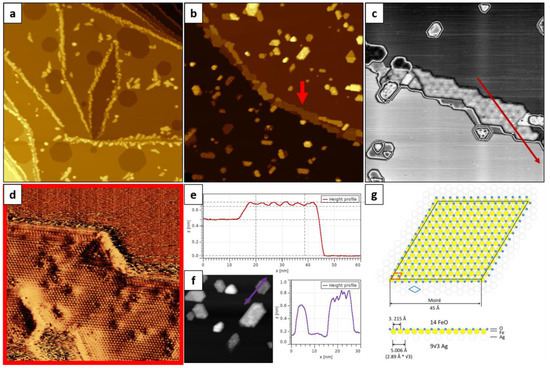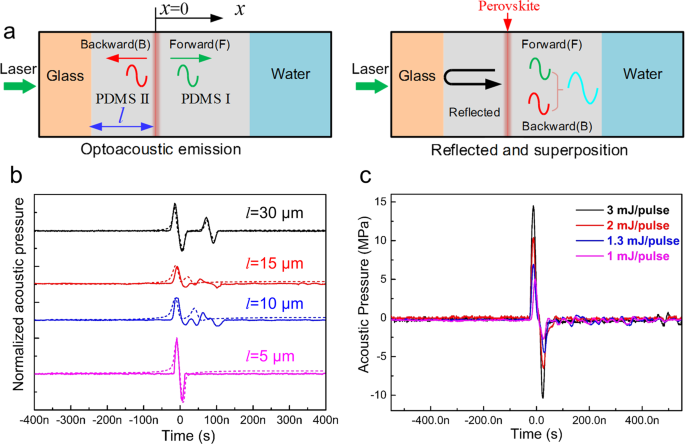

We now study various TMD bilayers with XM \('\)/MX \('\) configuration as well as a number of various stackings which will enable us to describe the variation of charge transfer across the moiré supercell of a twisted bilayer. Since the pseudopotential configurations as shown in Table 2 are nearly identical, we ascribe the differences between the calculations to the approximation to the exchange-correlation potential used. The potential difference across the bilayer, and the splitting between the upper K-point valence bands show small differences of only a few meV, but the difference between the \(\Gamma\)- and K-point valence band energies is notably reduced on going from the PBE approximation to LDA. The bilayer-monolayer potential differences show a drop across the bilayer similar to that seen using PBE, but with a notable peak in between the layers. In Table 1 the LDA-calculated potential differences and some band energies are compared with the PBE results. 2 we show the differences between bilayer and monolayer plane-averaged local electrostatic potentials using LDA alongside the PBE results. While the single- and double-bilayer supercell methods give slightly different results, the application of a dipole correction to the single-bilayer supercell returns the values to good agreement with those for the double-bilayer supercell.įor comparison with the PBE GGA results presented above, calculations were also carried out using the local density approximation (LDA), via the exchange correlation functional of Ceperley and Alder 13 as parametrized by Perdew and Zunger 14, and in Fig. In Table 1, we show a few key energies from the band structures resulting from the various supercell methods. 2, this is a very good approximation to the truly periodic double-bilayer, while computationally much cheaper, being a supercell of half the size. As can be seen from the agreement between the black and blue lines in Fig. This adds a background sawtooth potential at each electronic self-consistency step of the calculation, with its size calculated from the electric dipole moment of the bilayer. We also show a further set of results for a single supercell, but with the well-known dipole correction applied 9, 10.

These include hexagonal boron nitride (hBN), all TMDs, such as \(\hbox _2\) bilayer itself. Many two-dimensional (2D) materials 1 lack inversion symmetry in their stoichiometric monolayers.


 0 kommentar(er)
0 kommentar(er)
